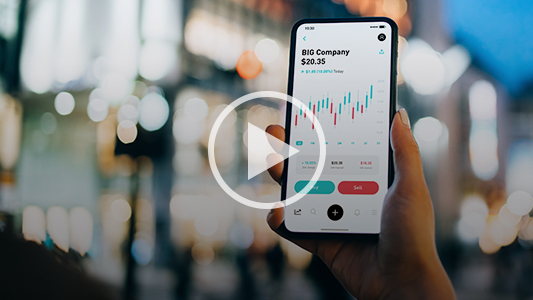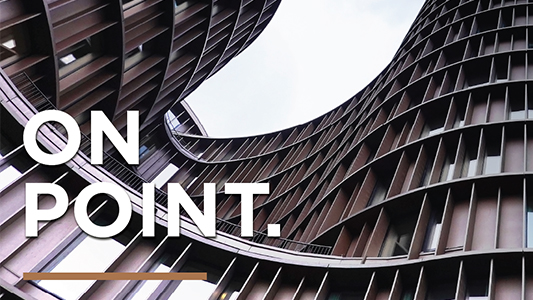INSIGHTS
THE FED HIKING CYCLE BEGINS
Mark Lister, 1 April 2022
Last month the US Federal Reserve, the world’s most influential central bank, started its “hiking cycle” by raising interest rates.
This is a significant event, and certainly not one that happens every day. In fact, it’s only the fourth one in the past 30 years.
The others started in 1994, 1999, 2004 and 2015. While each of those came against different backdrops for the world economy and financial markets, there are always insights to be gained from looking to the past.
The good news is that the start of a Fed hiking cycle doesn’t necessarily spell doom for the US economy or the sharemarket.
On each of those occasions we saw a bit of turbulence to begin with, but 12 months after the first rate hike the S&P 500 index was higher on all four occasions.
An economy can almost always withstand rising interest rates in the beginning, and the sharemarket usually keeps performing solidly too.
That’s no great surprise. When central banks decide interest rates need to go up, it’s usually in response to a strong backdrop, with unemployment low and economic activity high.
Monetary policy also operates with a lag, which means it takes a while for interest rate changes to filter through to the economy.
Beyond that first 12 months, things get a little murkier and it’s much harder to predict what might happen.
It all depends on whether interest rates keep on rising, how the economy holds up in response, and what else emerges along the way.
Recessions, crises and major sharemarket falls can sometimes follow, although these aren’t necessarily caused by hiking cycles.
After embarking on a hiking cycle in 1994, the Fed had doubled its policy rate by the middle of 1995. No recession or bear market followed, although rising US interest rates likely contributed to the Mexican peso crisis and the Asian financial crisis in the mid-1990s.
The next Fed hiking cycle began in 1999, and this one didn’t end well for the US economy or its sharemarket. The S&P 500 peaked nine months later before falling almost 50 percent, and the US economy was in recession by early 2001.
This was the infamous bursting of the dot-com bubble, which followed a period of massive overexuberance in the years before.
In 2004, the Fed again started increasing its policy rate, which was at a record low of one per cent. The US economy was very strong at the time, and it remained so for another three-and-a-half years.
The S&P 500 peaked in October 2007, and the US economy entered recession two months later. That was the GFC, which most of us remember all too well.
The final hiking cycle started in late 2015. That saw the Fed increase interest rates nine times over next three years, as well as reverse its QE programme in 2018.
No recession ensued, although the S&P 500 fell almost 20 per cent in late 2018. The Fed then found itself cutting interest rates in 2019 as the economy started to stumble, then the pandemic hit.
This time around, it’s difficult to say how things will play out. With “lift-off” behind us, the Fed is expected to keep hiking interest rates further at every meeting through the rest of 2022.
If inflation pressures ease, the Fed will be able to back off. This would likely see the current expansion roll on for a while longer, pushing corporate earnings and share prices along with it.
If it doesn’t get inflation under control, the Fed might find itself in the uncomfortable position of having to keep raising interest rates further, despite an economic slowdown and a rise in unemployment.
It’s in that second scenario where recessionary risks are well and truly in the mix.




